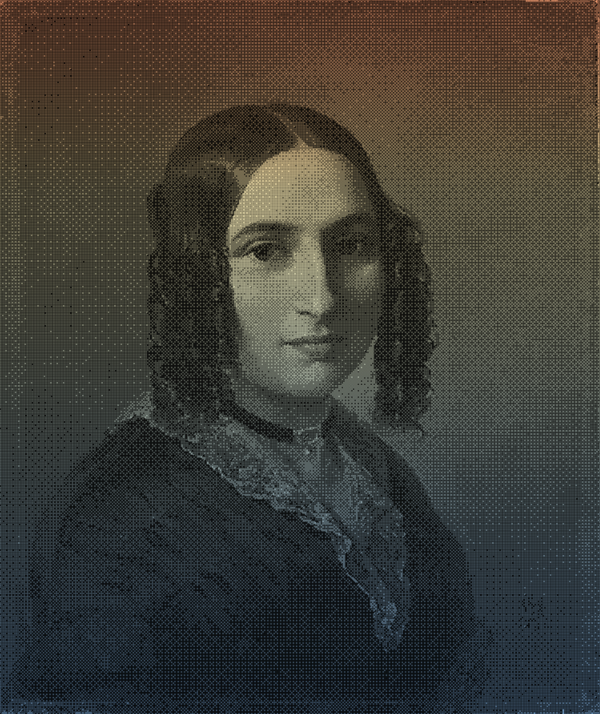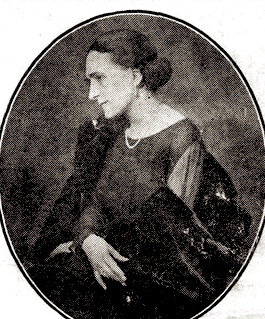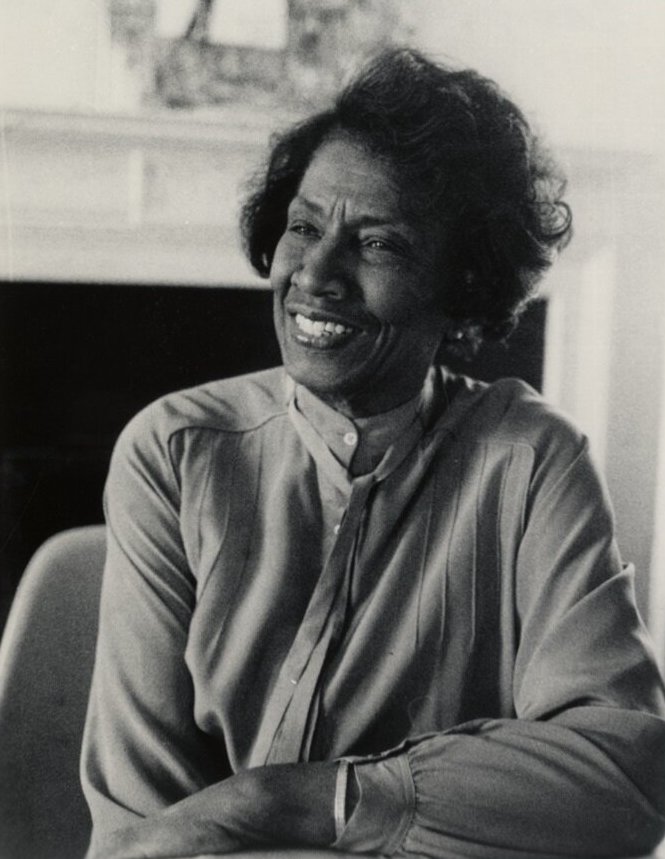Connie Converse was one of the first singer-songwriters, but she toiled in obscurity, and her music didn’t become widely known until the first decade of this century. She recorded a small number of songs in the 1950s (in her small Greenwich village studio and in the home of an animator and audio enthusiast named Gene Deitch who held a kind of salon for musicians in the city), but she never found any success as a songwriter. In 1961, at the age of 36, she left New York for Ann Arbor, Michigan, where her brother and his wife lived, hoping for a new start. She gave up composing altogether, volunteered as a political activist, worked on a novel, and edited a scholarly journal on international conflict resolution for the University of Michigan.
Then, in August of 1974, only a week before her 50th birthday, she disappeared. She packed her belongings into her Volkswagen bug, wrote goodbye letters to her family, and drove off, never to be heard from again. In one letter to her brother, she wrote, “Let me go, let me be if I can, let me not be if I can’t. … If I ever was a member of this species perhaps it was a social accident that has now been cancelled.” Did she die by suicide, or by accident? Did she continue her life in isolation and in private, completely hidden from view? No one knows, not even her brother, who died in 2014. And few people even knew Connie Converse even existed until a few years before that, when, in 2003, Gene Deitch shared some of the recordings he had made of Connie Converse, on a New York radio program. In 2009, a compilation of Converse’s lo-fi recordings from the 1950s was released on CD. And with that, Connie Converse—one of the first ever singer-songwriters, a musician of uncommon talent and originality, an artist whose music had for all intents and purposes been lost to time—was found again.
Since then she has become a kind of cult hit—and it’s not hard to see why. Her words are full of heartache, wistfulness, and humor. And her music—mingling the idioms of rural blues, country, gospel, folk, pop, jazz, parlor songs, and early jazz—is like nothing from its time.
Additional Resources
- Fishman, Howard. To Anyone Who Ever Asks: The Life, Music, and Mystery of Connie Converse. Dutton, 2023.
- Abdurraqib, Hanif. “The Art of Disappearance.” New York Times, August 11, 2022.
- Fishman, Howard. “Connie Converse’s Time Has Come.” New Yorker, November 21, 2016.
- Garland, David. “A Lost Singer’s Music, Finally Found.” NPR Music, Song of the Day, April 24, 2009.
- Converse, Connie. Connie’s Piano Songs. Charlotte Mundy, soprano, and Christopher Goddard, piano. Monkey Farm 5638209772, 2014.
- Bullock, Julia. Walking in the Dark. Julia Bullock, soprano, Christian Reif, piano, and the Philharmonia Orchestra, conducted by Christian Reif. Nonesuch Records 7559790818, 2022. [features a recording of Converse’s “One by One” in an arrangement by Jeremy Suskind]
- My podcast episode about Converse’s “One by One.”




